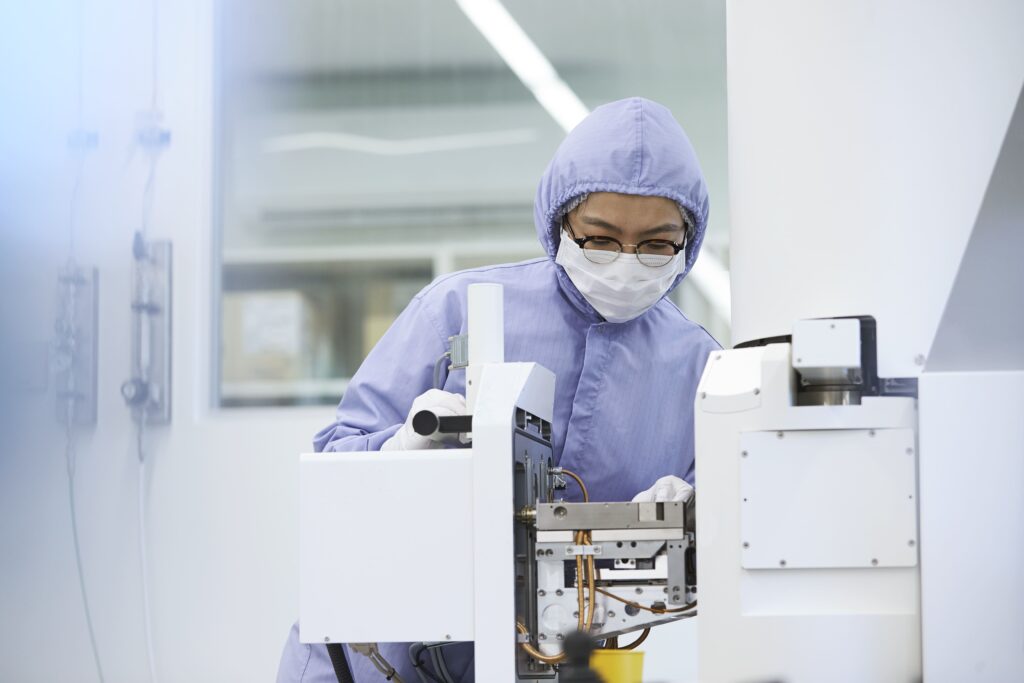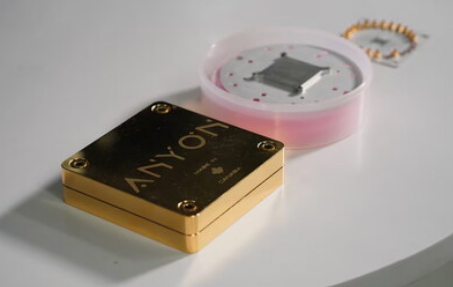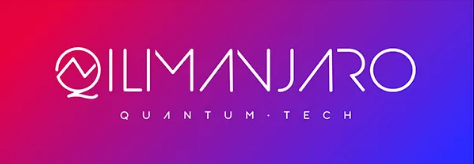The vision of safe autonomous travel is more than just a technological dream; it could potentially reshape the global economy, transforming how people and goods move across the world. Autonomous vehicles and aircraft promise not only greater efficiency and reduced costs but also could address some of the most pressing challenges in transportation today, such as safety, environmental impact and resource optimization.
We may have made it sound easier than it actually is. In fact, realizing this vision hinges on a combination of technologies, including the particularly thorny challenge of developing highly reliable and safe AI vision systems. These systems must be capable of navigating the complexities of real-world environments—whether it’s a car driving through a congested city or an aircraft landing in adverse weather conditions.
The challenge lies in ensuring that autonomous driving systems can perform flawlessly under all conditions, which requires rigorous testing with datasets that accurately represent critical scenarios.
That’s why scientists are increasingly looking at quantum computing – and particularly quantum generative AI – as a technology that could solve this problem. These researchers believe that the strengths of quantum approaches may be a perfect match for the needs of building autonomous driving and navigation. Unlike classical computers, quantum computers have the potential to process vast amounts of data and generate images with unprecedented detail and complexity. This capability opens new possibilities for creating accurate simulations of critical test scenarios, a necessity for advancing autonomous technology.

Teams that are competing in this preliminary round of the Airbus-BMW Quantum Mobility Quest, an initiative aimed at leveraging quantum technologies for the development of autonomous systems, are exploring innovative solutions. The challenge brought together some of the brightest minds in quantum computing to tackle the pressing problem of generating realistic and complex images for testing AI vision systems.
In this series, we delve into the solutions proposed by these pioneers, finalists in the Airbus-BMW Group Quantum Computing Challenge. We’ve asked them to share their unique approaches, the challenges they faced, and the impact their solutions could have on the future of mobility. Join us as we explore the cutting-edge world of these solutions and meet the innovators who are pushing the boundaries of what’s possible in using quantum computers to solve some of mobility’s biggest challenges.
QuanIT: Transforming the Landscape of Autonomous Mobility
QuanIT, one of the finalist teams in the Airbus-BMW Quantum Mobility Quest, consisting of QuanIT, Kipu Quantum and DXC Technology, approached the challenge with a clear understanding of the potential impact of quantum computing on the future of transportation.
Matthias Kaiser of Kipu Quantum emphasized the growing importance of real-life applications of quantum computing as one reason the team wanted to enter this challenge.
“As we are getting closer and closer to quantum advantage, real-life applications of quantum computing become increasingly important,” said Kaiser. “To unleash the enormous potential of quantum computing, pure academic curiosity is not sufficient. Exploring real potential applications that deliver business impact is crucial.”
The team chose a problem statement that focused on the need for data in the development of autonomous transportation systems.
“In the development of autonomous transportation systems – automotive and aviation – key elements are data for training, verification and validation of the algorithms, which typically contain AI components,” said Slawomir Folwarski of DXC Technology. “Initially this can rely heavily on fully simulated data, everything (scenario, data, hardware) is mocked in a virtual world helping to develop and test the system. Next stages of the development require this setup to be expanded by bringing in more and more components, thus also taking data from the real world – such as data recordings from cameras, radars, lidars etc…”
The solution involves using quantum generative AI to transform camera data collected during the day into data representing night views, significantly reducing the time and resources needed to collect all necessary data.
The QuanIT team believes the potential impact of this solution on the future of transportation could be profound.
Ulrich Wurstbauer, of QuanIT added: “Autonomous mobility has the potential to revolutionize logistics and transportation. Supply chains are the bloodline of our prosperity; by automating them, we have the potential to make them more scalable, resilient, and efficient. This will save lives, protect the environment, and increase comfort.”
The approach also could be expanded to other situations beyond day-to-night transformations, further enhancing the efficiency and safety of autonomous systems.
The team around QuanIT’s work is not just about solving the immediate challenge but also about advancing the broader field of quantum machine learning (QML). “QML is a very promising field that will not just impact mobility but many other sectors like medicine, pharma, chemicals, and manufacturing, to name just a few,” noted Mr Wurstbauer. The team’s next steps involve bringing their ideas to a real quantum computer to improve their initial concept and build a demonstrator, further pushing the boundaries of what is possible with quantum computing.
Quandela: Harnessing Photonic Quantum Computing for Safer Transportation
Quandela, another standout team in the Quantum Mobility Quest, brought a unique perspective to the challenge, leveraging their expertise in photonic quantum computing.
Daphne Wang, quantum information scientist at the Quandela team said that she and her colleagues were drawn to the challenge because it aligned perfectly with their core mission.
“We choose to work on this particular challenge because the use of generative algorithms has been of great interest to Quandela,” said Wang. “Tackling this challenge fits our core mission to build the first useful quantum computer and presents an ideal opportunity for us to showcase the capabilities of photonic quantum computing in addressing real-world problems.”
The problem Quandela chose to tackle involves translating daytime images of roads into nighttime images while preserving the content, such as the position of cars. This task is particularly challenging due to the resource-intensive nature of classical solutions, which often produce variable results.
By applying their photonic-native algorithm, Quandela aims to create a solution that is not only efficient but also scalable, making it applicable to a wide range of industrial scenarios.
Quandela’s solution is built on the strengths of photonic architecture, which offers advantages such as higher operating temperatures, scalability, and existing large-scale manufacturing methods. The team is confident that their approach will significantly enhance the safety of automated systems in transportation.
“The strength of our solution resides in its simple architecture, which can be generalized to a wide range of other applications,” said Wang. “This architecture allows us to manage large datasets of high-resolution images, making it useful for industrial applications.”
The next steps for Quandela involve refining their solution and benchmarking it against existing classical approaches. The team is optimistic about the future, believing that their work will contribute to making transportation systems safer and more efficient.
University of Tokyo: Pioneering Quantum Machine Learning
The University of Tokyo team is also proud of their contribution to the Quantum Mobility Quest, adding they hope to bring a deep focus on quantum machine learning (QML) to the challenge.
According to Keisuke Murota, a graduate student at University of Tokyo and one of the members of the team working on the challenge, the team’s participation was driven by a strong interest in exploring the potential of quantum computing in real-world applications.
“We are exploring the potential of quantum computing, and this challenge provided a real-world use-case that we could work on,” said Murota.
The team chose the “Quantum Enhanced Autonomy” challenge because it aligned with their ongoing research interests.
“We chose ‘Quantum Enhanced Autonomy’ simply because we have a strong interest in quantum machine learning,” Murota added.
The University of Tokyo team employed a technique combining data structures known as “Tensor Networks” and “Quantum GANs” to tackle the challenge.
One of the most significant hurdles the team faced was the inherent difficulties in quantum machine learning, particularly the Barren Plateau problem, where gradients vanish, making training deep quantum neural networks challenging.
“The biggest challenge we faced was overcoming the difficulties inherent in quantum machine learning, such as the Barren Plateau problem. We plan to address this issue by using tensor networks,” Murota said.
Looking ahead, the University of Tokyo team believes that the advancements made in this challenge could have broader implications, particularly in solving future semiconductor and energy problems.
“We believe that quantum computing can help solve future semiconductor and energy problems,” Murota said, adding that the next steps involve further advancing quantum technology, building on the foundation laid during the Quantum Mobility Quest.
The Future of Quantum-Enhanced Autonomous Systems
The work of Kipu Quantum, Quandela, and the University of Tokyo represents just the beginning of what quantum computing can achieve in the field of autonomous mobility. The solutions proposed by these teams highlight the potential of quantum technologies to solve complex problems that are currently beyond the reach of classical computing. As we look to the future, the impact of quantum-enhanced AI vision systems on transportation could be transformative, leading to safer, more efficient, and more environmentally friendly modes of travel.
The Airbus-BMW Quantum Mobility Quest has provided a platform for pioneering ideas that push the boundaries of what is possible. As these solutions continue to develop and mature, they have the potential to revolutionize not only the automotive and aviation industries but also a wide range of other sectors. The challenge has shown that quantum computing is not just a theoretical pursuit; it is a powerful tool that can address real-world challenges and drive meaningful progress.


















